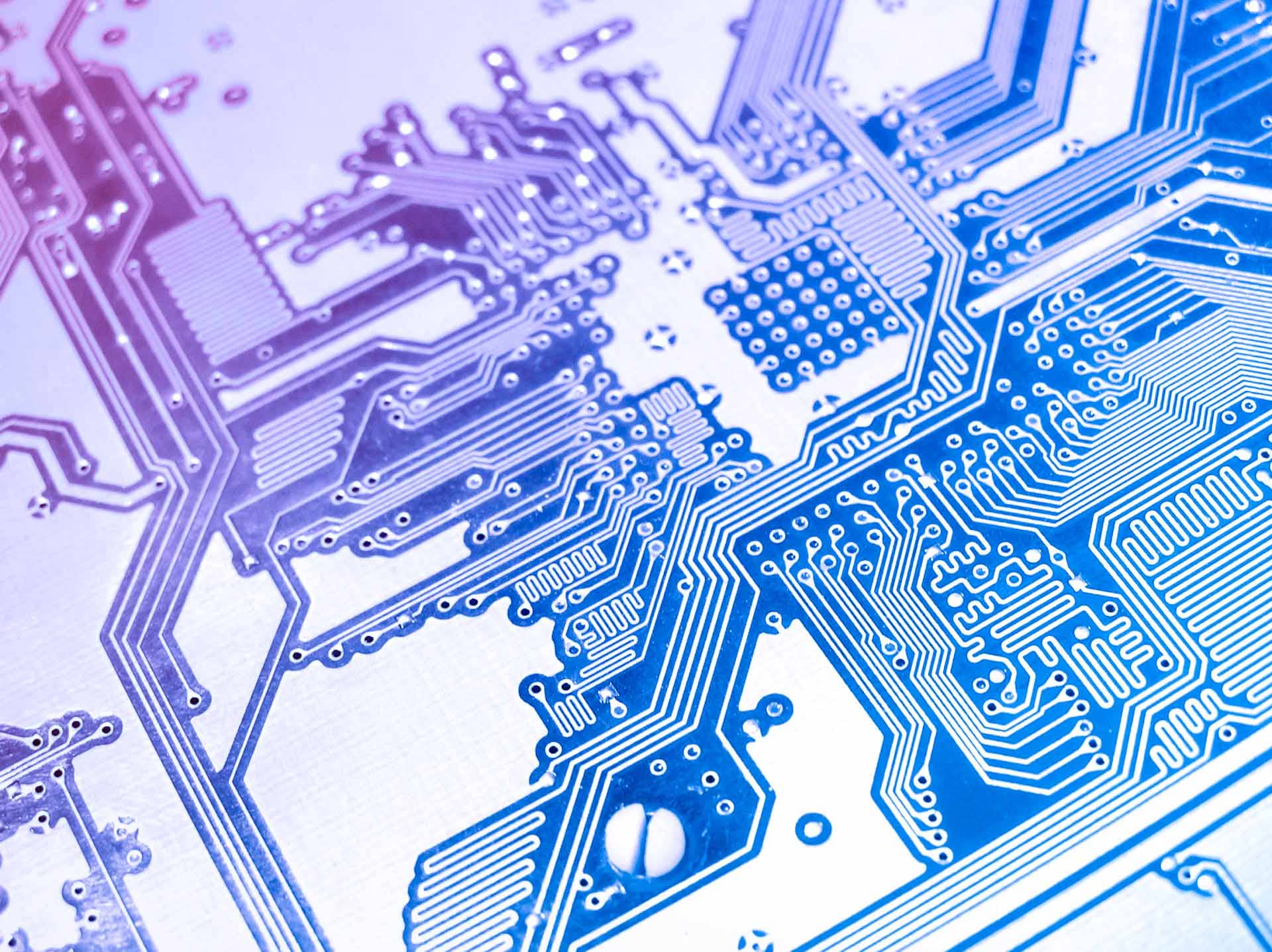The Internet of Things (IoT) is a term that describes the network of physical objects that are embedded with sensors, software, and connectivity to collect and exchange data over the internet. The IoT has the potential to transform various aspects of human life, such as health, education, agriculture, transportation, and security. But how did the IoT come to be? What are some of the milestones and challenges in its development? And what does the future of IoT look like? This essay will provide a brief overview of the history and future of IoT and its implications for society and business.

The concept of adding sensors and intelligence to physical objects was first discussed in the 1980s, when some university students decided to modify a Coca-Cola vending machine to track its contents remotely. But the technology was bulky and progress was limited. The term “Internet of Things” was coined by Kevin Ashton, an executive director at MIT’s Auto-ID Labs, in 1999. He proposed that computers could gather data from the physical world without human intervention by using RFID tags and sensors.
The IoT started to gain momentum in the 2000s, with the advancement of wireless technologies, such as Wi-Fi, Bluetooth, cellular networks, and satellites. These enabled devices to communicate with each other and with the internet more easily and cheaply. The IoT also benefited from the emergence of cloud computing, which provided storage and processing power for large amounts of data generated by IoT devices. Some of the early applications of IoT included smart homes, smart grids, smart cities, and wearable devices.

The IoT has continued to grow exponentially in the 2010s and 2020s, with billions of connected devices across various domains. The IoT has also become more diverse and complex, incorporating artificial intelligence (AI), machine learning (ML), big data analytics, edge computing, blockchain, and 5G networks. Some of the current and emerging applications of IoT include autonomous vehicles, industrial IoT, smart agriculture, smart healthcare, smart retail, smart education, and smart security.
The future of IoT is a scenario where billions of cheap, small, low-powered devices provide real-time insights into every asset, process and system that’s important to a given organization or individual. IoT will become invisible, ubiquitous and primarily driven by notifications. IoT will also bring value across industries, especially in manufacturing, by optimizing operational efficiency, automation, intelligent manufacturing, predictive maintenance, and mass personalization .

The future of IoT is powered by four key enabling technologies: artificial intelligence (AI), 5G networks, big data, and security. AI will enable devices to learn, reason, and process information like humans. 5G networks will provide high-speed, near-zero lag for real time data processing. Big data will enable devices to generate and analyze enormous volumes of data from numerous sources. Security will ensure that devices and data are protected from unauthorized access and malicious attacks.
The future of IoT will also depend on how industry leaders collaborate and agree on standards to align device makers and manufacturers. IoT product, software, hardware, and chip makers —whether they are partners or competitors—will need to work together to create new features, products, and innovations and bring them to market faster. The future of IoT will also require careful design, management, governance, and regulation to ensure that it serves human values and interests.

The future of IoT will have many benefits for individuals, businesses, and society at large. It will improve efficiency, productivity, convenience, safety, quality of life, and environmental sustainability. It will also create new opportunities for innovation, entrepreneurship, education, and social good. However, the future of IoT will also pose many challenges and risks, such as privacy, ethics, interoperability, scalability, reliability, and regulation. The future of IoT will require a balance between technological advancement and social responsibility.
Share to your social below!

I like this website very much, Its a very nice situation to read
and receive info.Leadership